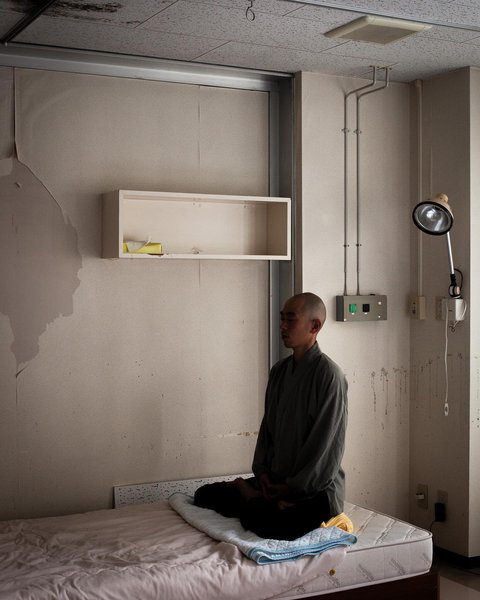Sublime
An inspiration engine for ideas
from the simple lifestyles of the monks who lived a life of wabi, referred to as wabizumai. ( Wabi here means solitary and simple and zumai being a verb extension meaning to live.)
Andrew Juniper • Wabi Sabi: The Japanese Art of Impermanence
The Dzogchen Pönlop Rinpoche
Reginald A. Ray • In the Presence of Masters: Wisdom from 30 Contemporary Tibetan Buddhist Teachers
Surya Das, who looks 110 percent Jewish,
Jamyang Khyentse • The Guru Drinks Bourbon?


(see the Appendix for info on the 2009 edition, the “Shin Shogen”),
Sato,Shozo • Shodo: The Quiet Art of Japanese Zen Calligraphy, Learn the Wisdom of Zen Through Traditional Brush Painting
There is no question of knowing the buddha-nature as something “other” and then gearing ourselves up to rest in it.
Reginald A. Ray • Secret of the Vajra World
This kind of attention isn’t always easy. Sometimes we’re able to be present and sometimes we’re not. Such... See more
Anshi Zachary Smith • Let me tell you about my journey through 35 years of Zen practice | Aeon Essays
Already we are the Buddha. There’s just no doubt about that. How could we be anything else? We’re all right here now. Where else could we be? But the point is to realize clearly what that means; this total oneness; this harmony; and to be able to express that in our lives. That’s what takes endless work and training. It takes guts. It’s not easy.
... See more